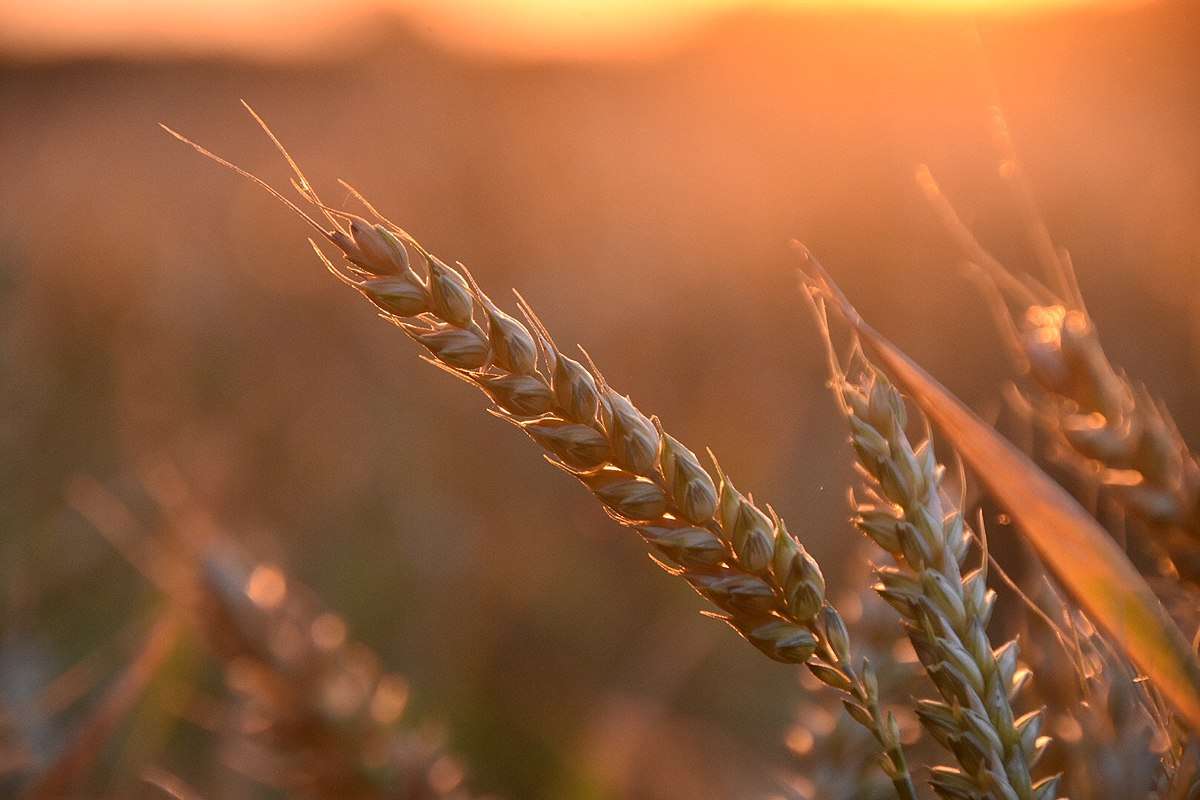Wheat is the most widely cultivated cereal crop in the world, making up around 25% of the total arable area. It has been cultivated for more than 10,000 years and has been the most important grain in terms of consumption since the 19th century.
Today, China is the world’s largest wheat producer (around 17% of the total) but it is also the world’s largest consumer (around 19% of the total). Between 2000 and 2016 there was a 25% increase in consumption of wheat around the world, and this is continuing to rise.
What is wheat used for?
Around 2/3 of all the wheat grown is used for food production, 20% used for animal feed and around 3%-5% each for seed, industrial uses or other uses. Of the feed wheat the grains are usually either ‘bread’ wheat varieties or ‘durum’ wheat, which is used to make pasta.
Wheat us usually milled into flour which can then be used to make a large variety of different food products from bread to noodles, pasta, biscuits, cakes, cereals, crackers, muffins, cookies, sauces and much more.
Bread wheat can be either ‘hard’ or ‘soft’, depending on its protein content. ‘Hard’ wheat has more protein and gluten so it is good for baking bread. ‘Soft’ wheat has less protein so it is often used for baking cakes and making biscuits.
How is wheat harvested?
Wheat is harvested using a combine harvester (in theory you can harvest wheat by hand or by using a scythe). The grain is ready to combine when the kernels (seeds) are hard. You can feel this between your teeth. Usually the combines will start harvesting wheat in July and depending on the varieties and the weather finish in August or September.
Most farms will achieve wheat yields of 7-10 tonnes per hectare although the current world record is held by Tim Lamyman, a farmer in Lincolnshire (UK) who achieved 17.95 tonnes per hectare in August 2022. The UK is a particularly good country for growing cereals.
The combine harvester will leave wheat straw behind which is either chopped back into the ground to ensure that the nutrients stay on the land or it is removed for animal bedding, or alternatively burned for fuel or to generate energy. The grain will be transported by tractors to the grain store where it will be dried and then later collected by a grain merchant or perhaps a livestock farmer looking for feed wheat.
Image credit: Simon Waldherr (available here)

